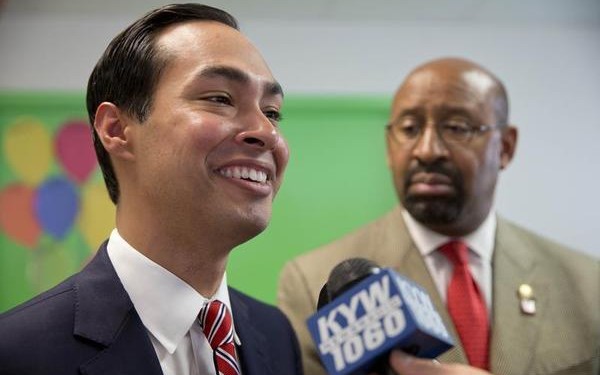
The first president of the United States was also the commanding general who made the United States possible. But freedom wasn’t free, as the saying goes, and when George Washington assumed office in 1789 the government he headed was saddled with some $41 million in Revolutionary War-era “continental bonds.”
This was the original U.S. national debt, not counting the $11 million borrowed from foreign interests—well, let’s just come out and say it: lent to us by the French. President Washington considered all this borrowing a bad precedent. So with the concurrence of Congress and Treasury Secretary Alexander Hamilton, he imposed a 5 percent tariff on imports—the income tax not yet having occurred to anyone—thereby putting his country on the road to solvency.
We can stipulate now, and Americans agreed at the time, that funding an army to throw off British rule was money well-spent. But that’s the rub, all these years later: What is a smart use of taxpayers’ money, and what’s a waste? This is usually an issue for state legislators, Congress, governors, and presidents. But it’s also a question—perhaps the key question—facing the mayors of America’s cities, large and small. Put simply, the most urgent priority for urban policymakers is figuring out which government programs, and which public-private partnerships, have proven their value.